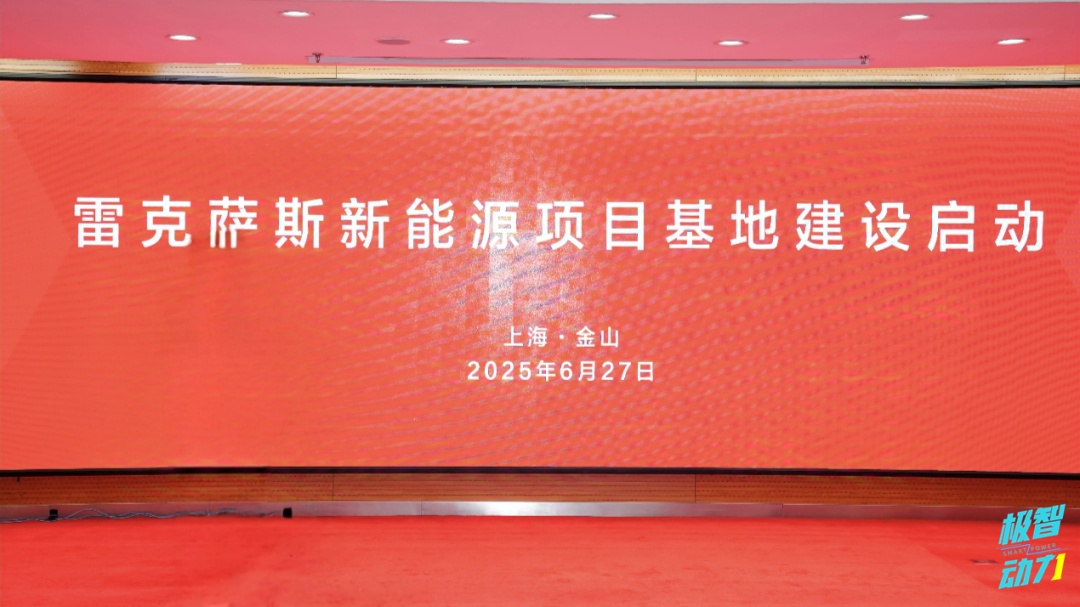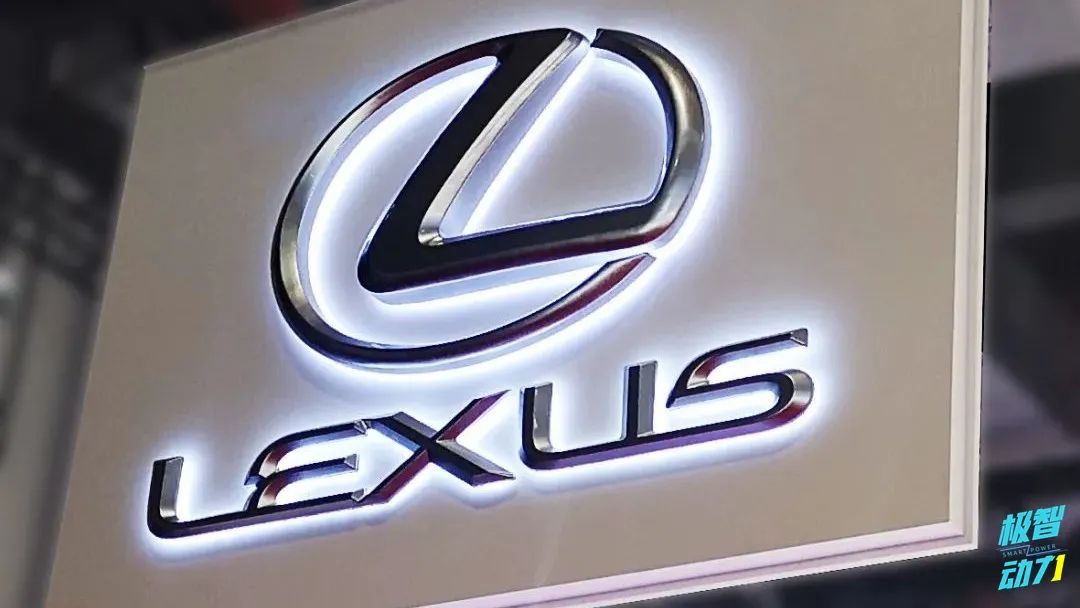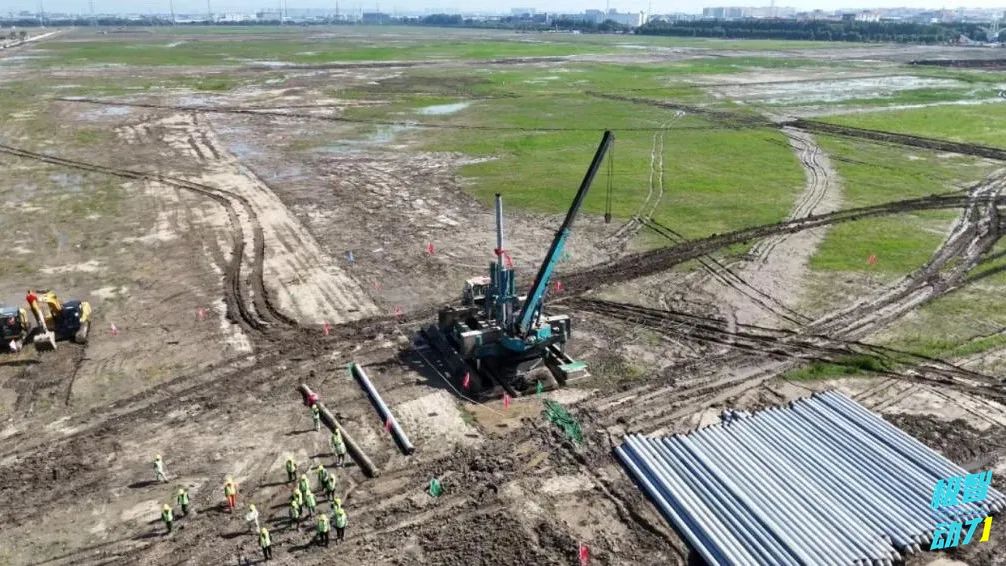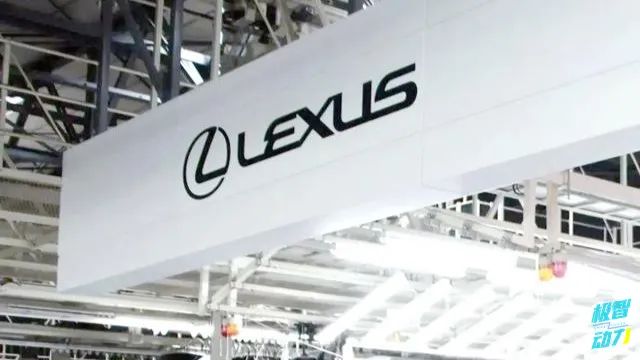Lexus Localization: A Bold Move to Navigate the Chinese New Energy Market?
![]() 07/03 2025
07/03 2025
![]() 654
654
On June 27, Lexus officially commenced the construction of a new energy project base in Jinshan District, Shanghai, marking a significant milestone in the Japanese luxury brand's localization efforts. This represents Lexus' maiden production venture in China and the first time a Japanese automotive brand has ventured into China's high-end new energy market through wholly-owned operations. For Toyota, this long-awaited strategy, held back for two decades, is finally being unleashed, but will the market embrace it?

Over the past two decades, Lexus' strategy in the Chinese market has centered on "import + hybrid" models. Leveraging its purely imported status and reputation for reliable quality, it once dominated sales among second-tier luxury brands. In 2021, Lexus sold 227,000 vehicles in China, with the ES series accounting for over 40% of sales, and there was a period when cars were in high demand, even commanding a premium. However, this golden run did not last. Post-2022, Lexus' sales began to decline, and its market share was swiftly eroded by emerging players like NIO and Li Auto.
Why has Lexus been hesitant to localize?
The reason is straightforward – its imported status was once its competitive advantage. In the era of fuel vehicles, Lexus successfully cultivated a high-end and dependable brand image with the "made in Japan" label, convincing some consumers that it exuded more style than BBA (Benz, BMW, Audi). Nevertheless, with the rapid expansion of China's new energy market, Lexus' "imported allure" has become a hindrance. High tariffs and transportation costs prevent it from price-competing with new players, and its lagging intelligence and electrification technology have gradually led to a loss of favor among younger consumers.

From January to May 2025, Lexus sold 73,900 vehicles in China. While it remains the leading second-tier luxury brand, its sales heavily rely on price reductions and promotions of the ES model, with other models performing modestly. Clearly, price cuts alone cannot sustain long-term competitiveness, making localization an imperative step for Lexus.
Lexus' current localization project boasts a total investment of 14.6 billion yuan. The first phase spans 1,692 mu and is projected to be completed in August 2026, with production kicking off in 2027. The initial annual production capacity is set at 100,000 vehicles, with a localization rate of parts exceeding 95%. Crucially, the first locally produced model will be equipped with Toyota's latest solid-state battery technology, which could be its game-changer.

Lexus' localization journey also confronts substantial challenges, as the luxury car market landscape has transformed dramatically. Previously, its primary competitors were traditional luxury brands like BBA, Volvo, and Cadillac, but now it must also contend with local high-end brands such as BYD's Yangwang, Zeekr, and AITO.
More importantly, post-localization, Lexus will forfeit the premium associated with its "imported car" status. Previously, after Volvo and Cadillac localized, while their sales surged, their brand prestige diminished. How can Lexus uphold a high-end image without the imported aura? This necessitates reshaping its brand value across multiple dimensions, including products, services, and marketing.

Toyota China has recognized this and announced the implementation of the "RCE system," empowering local engineers who deeply understand the Chinese market to spearhead research and development, aligning with China's electrification and intelligence trends. This implies that future locally produced Lexuses may better cater to Chinese consumers' needs, featuring larger screens, smoother infotainment systems, and more advanced autonomous driving capabilities. However, the question lingers: can these adjustments keep pace with the swift evolution of Chinese brands?
For consumers, the most tangible benefit of Lexus' localization could be a price reduction. Taking the ES as an example, the current starting price of the imported version is approximately 300,000 yuan. If it can be lowered to around 250,000 yuan post-localization, coupled with solid-state batteries and intelligence upgrades, it might regain some market share. However, if the price reduction is minimal and the product's competitiveness fails to surpass that of new players, then Lexus' localization might merely be a "last-ditch effort."
Regardless, Lexus' localization is poised to become a pivotal milestone in China's automotive industry. It is not merely about the fate of a single brand but also about whether the traditional luxury car segment can discover new survival strategies in the new energy era.








